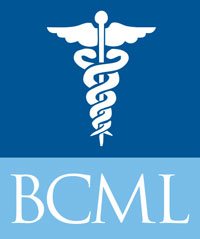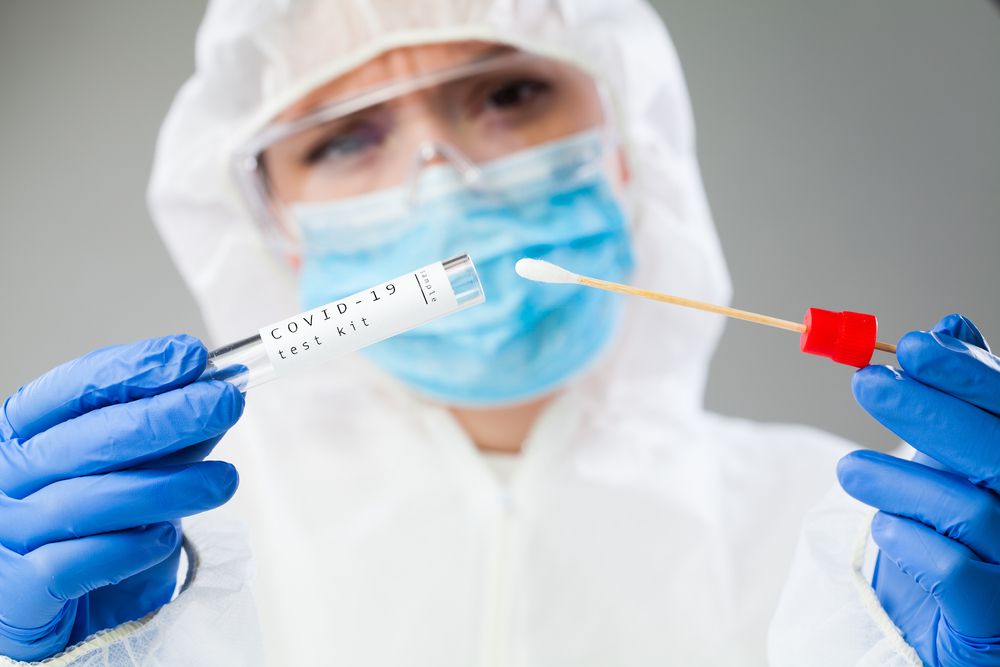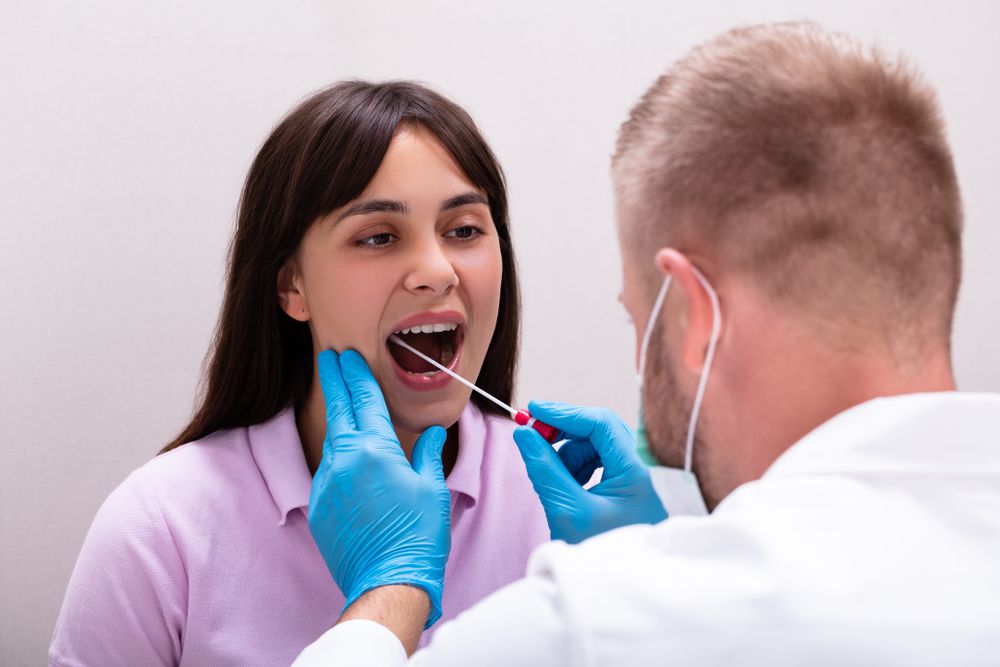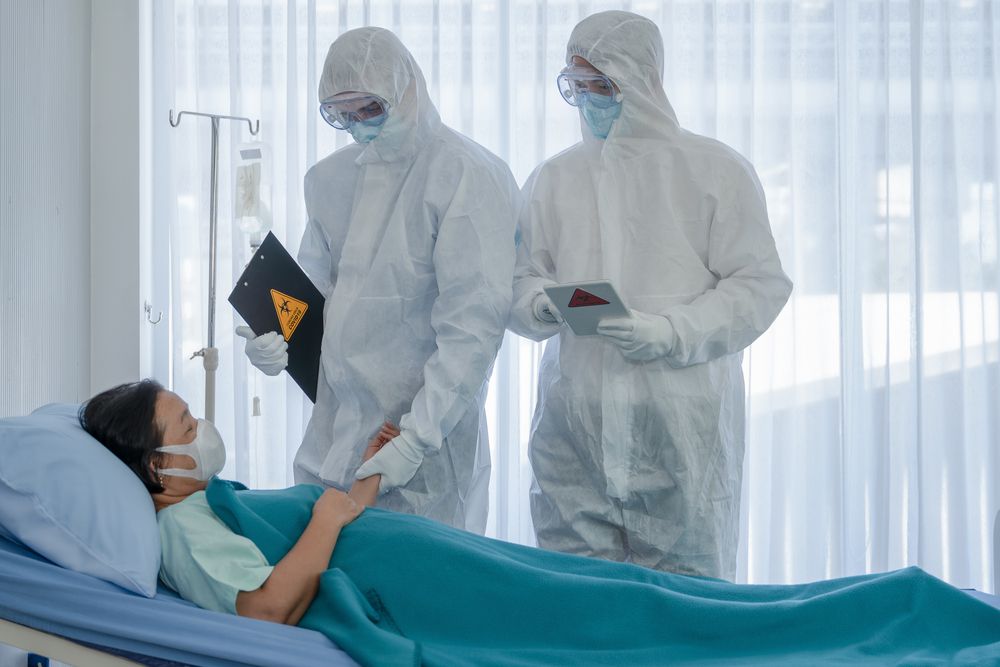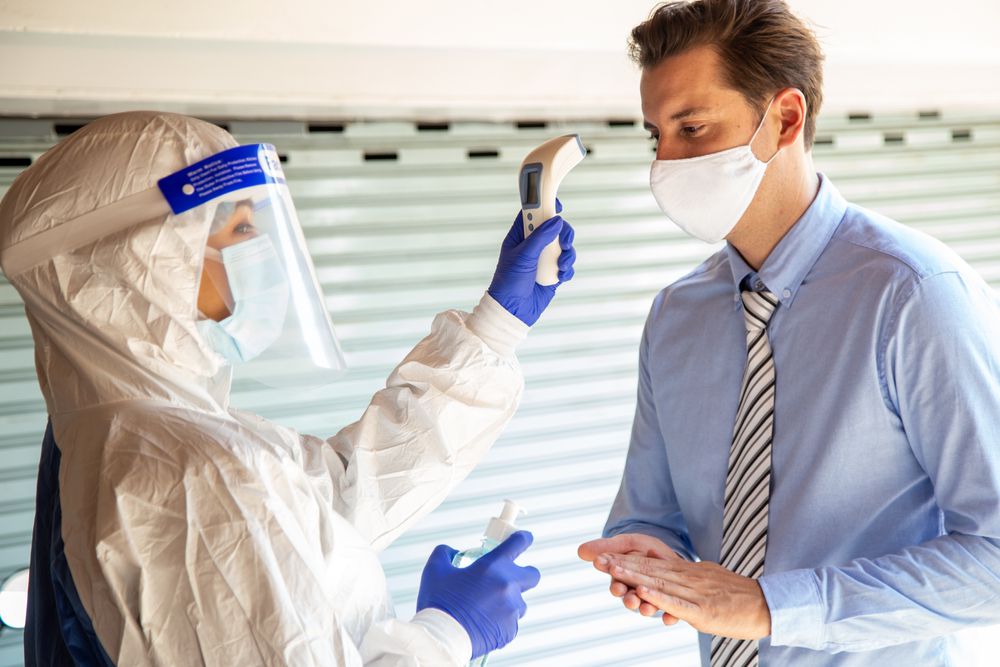Although we have seen many communities making great strides in reducing risks and infection rates, Coronavirus continues to play a major role in our everyday lives. As the initial shock of the virus begins to wear off, many of us are looking for ways to further safeguard our health while also understanding more about the illness that has forced us to rethink our healthcare system and the way we work.
Here we will offer a physician’s guide to Coronavirus to give the best and most up to date information about the virus and how it spreads. Though we continue to learn new information about COVID-19, the following is established general information about coronaviruses and the most current information on COVID-19.
Basic Terminology: Is Coronavirus the same as COVID-19?
As we explore the guide to coronavirus, it is important to understand that coronavirus is a catchall term that refers to multiple viruses that have the same “crowned” feature. This group of viruses get their name from the spikes covering the virus cells which resemble a corona, the Latin word for “crown.”
The name of the specific coronavirus that has caused the current pandemic is SARS-CoV-2. Think of it this way, if these viruses were a product, coronaviruses would be “tissues” while SARS-CoV-2 is the brand name Kleenex.
COVID-19 is the actual disease caused by SARS-CoV-2. If we continue with our tissue analogy, COVID-19 would be like the raw, chapped nose and lips you might get from Kleenex when you have to blow your nose too often.
Symptoms of Coronavirus: Asymptomatic Vs. Presymptomatic
Some people who contract SARS-CoV-2 will not show symptoms of the disease but will be able to pass it to others. These people are “asymptomatic” meaning the virus is detected but symptoms will never form in that individual.
This is not to be confused with people who are “presymptomatic.” Presymptomatic means a person has contracted a virus but has not developed symptoms yet. If you are asymptomatic, you may never know if you had the virus at all, while presymptomatic people will see the symptoms of the virus within a matter of days.
Currently, evidence suggests that both Asymptomatic and Presymptomatic people can pass the virus. This is why it is critical for every individual to take precautions such as wearing face masks and proper, frequent hand washing. Unless you have tested negative for the virus, there is no guarantee that you do not have it or that you are unable to pass it to others. Also, some tests for the virus may be reliable. Therefore, even this is not an absolute guarantee that you are not contagious.
Transmission: How is the Virus Passed?
There are still some questions about how the virus is transmitted but there have been strides made in determining the risk level of certain activities like handling packages and pinpointing which bodily fluids are able to transmit the virus.
Bodily Fluids that Contain the COVID-19 Virus
As COVID-19 is a respiratory illness, research has found there to be a concentration of the virus cells in respiratory droplets. In the plainest terms, this means mucus and saliva coming from the nose or mouth are the most likely way for the virus to spread.
However, the virus has also been found in blood (plasma) and stool samples as well. Research is still limited and it is not guaranteed that the virus will not be transmitted through other non-respiratory fluids including semen, vomit or urine.
How Other Coronaviruses Behave in Bodily Fluids
To further understand why we must be careful with all bodily fluids at this point, we look to how other coronaviruses are transmitted. For example, MERS-Cov is only transmitted through respiratory droplets.
In contrast, SARS-Cov, which was the cause of the SARS outbreak in 2002-03, was found to be viable in urine, blood, and stool along with respiratory droplets.
How Easily is COVID-19 Spread?
Current research suggests that the COVID-19 virus spreads more easily than previous viruses like SARS-Cov. The most likely reason for this is that the highest concentrations of the virus will be found directly after the first symptoms develop. This is an important distinction from SARS-Cov where sufferers had the highest concentrations of the virus later in their illness.
Because COVID-19 patients have more of the virus early on, it is more likely that they will spread it during the period when they do not feel as if they are sick. This is, again, why presymptomatic transmission is of great concern.
Will Symptoms Get Worse?
The slow development of symptoms and the long incubation periods are also why you should monitor your health and symptoms closely. For many patients, symptoms can start out mild in the first week but then advance in the second week of illness.
While the majority of patients will still not need hospitalization, worsening symptoms later in the illness is when you are most likely to need professional care. Trouble breathing is the biggest indicator that a patient requires medical intervention. Also, difficulty thinking and staying awake are indicators along with pain in the chest that persists.
Can the Virus be Spread by Touching Surfaces?
This seems to be the million-dollar question. While avoiding other people has been difficult, avoiding touching surfaces such as delivery boxes has proven even more daunting for many of us.
Fortunately, according to the Mayo Clinic, the risk of contracting the virus from surfaces is low and there have been no reported cases of the virus spreading this way. The best defence against this small possibility is to wash your hands thoroughly and to disinfect surfaces that are touched by multiple people, such as doorknobs.
Can it Spread Through Food?
Both food and water seem to be safe from spreading the disease. However, as an extra precaution, wash fruits and vegetables thoroughly and handle takeout containers with care. The Mayo Clinic recommends washing your hands after touching takeout containers then moving the contents to a clean plate and disposing of the container. Wash your hands once more before eating.
These extra precautions are, again, not considered necessary. However, proper handwashing and safe food handling is a good idea even without COVID-19 as a concern.
Can You Get COVID-19 Twice?
The answer to this is still not clear. Currently, there is not enough evidence to determine if it is possible to get COVID-19 twice. Immunity to the disease is not guaranteed nor is the duration of the immunity. Based on similar illnesses, there is a possibility that a person could be immune for a certain amount of time but will then become susceptible again.
Because of this, even people who have recovered from the illness should continue to practice safety measures. This includes social distancing and wearing personal protective equipment when appropriate.
Managing and Diagnosing Symptoms of COVID-19
Do you suspect you may have COVID-19? BCML physicians are here to help you manage and diagnose symptoms of COVID-19 and your total health. While the current pandemic is at the top of most people’s concerns, it is important to take your total health into consideration.
Managing chronic illnesses and performing preventative care can help keep you healthy if you do contract the virus. To help you, we offer telephone consultations during this difficult period. To schedule an appointment, contact us via 416-929-1900 today!
